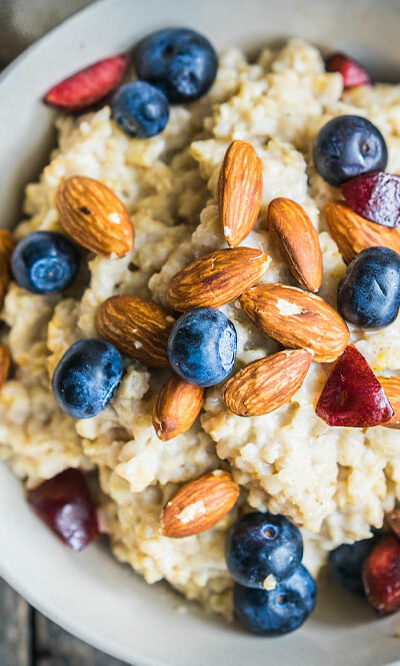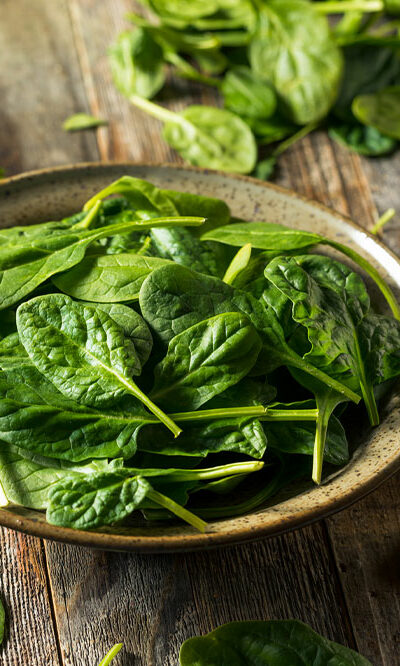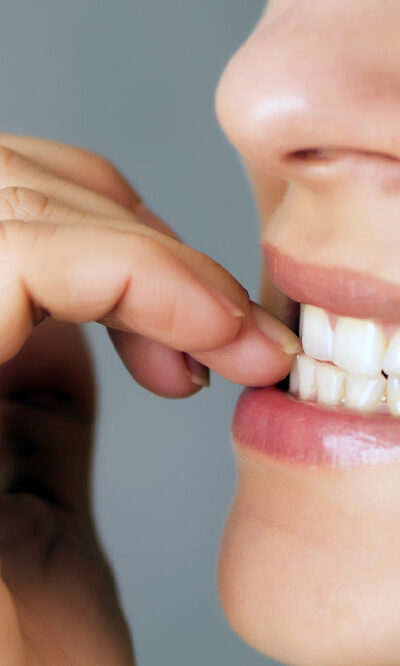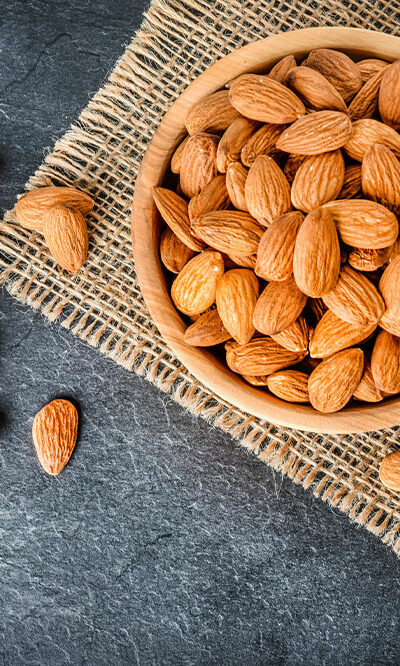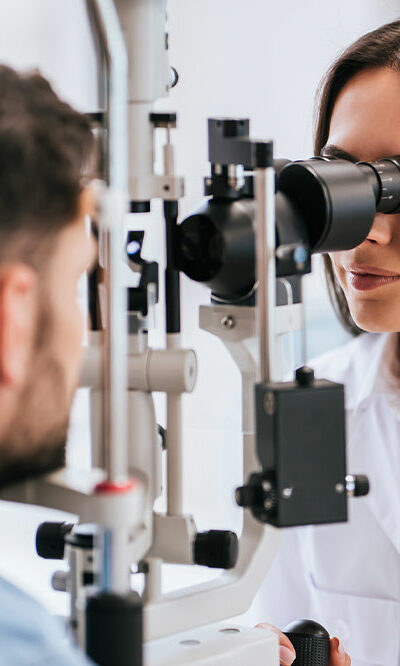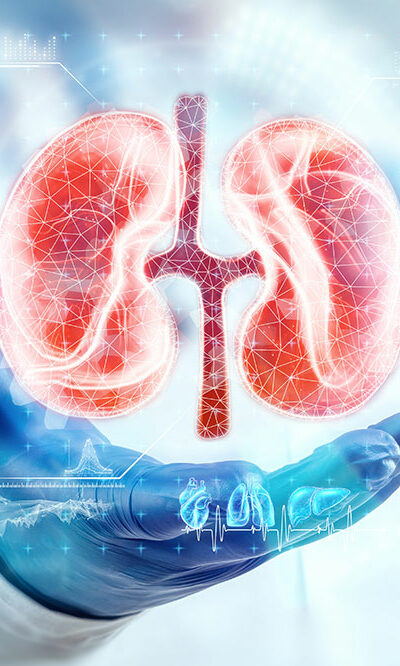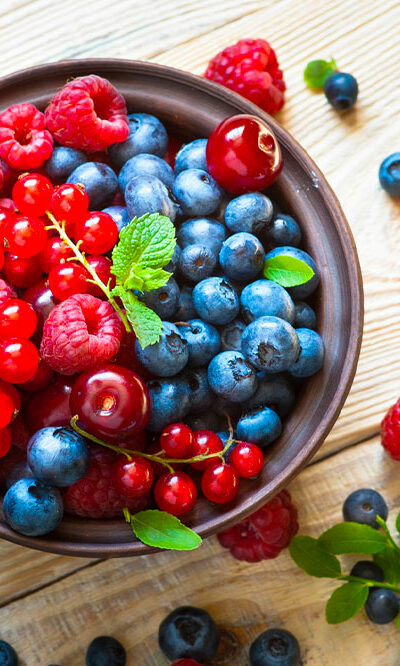
5 foods to fight the symptoms of leukemia
Leukemia refers to types of cancer that develop in the blood cells. A person is at a greater risk of developing the disorder if they are over 55. However, it isn’t uncommon for younger children to also suffer from similar complications. Moreover, a permanent cure for leukemia is still in the works. However, one can still follow simple methods to manage the condition, including eating specific foods to fight cancerous cells. Berries Berries have a long history of benefits in improving overall health. When it comes to leukemia, they are rich in antioxidants, which are known to protect the body from free radicals. Berries are specifically known to fight the effects of breast, bladder, and esophagus cancers. Tomatoes The antioxidant lycopene present in tomatoes may help those with leukemia manage the symptoms. The food is also rich in other properties like vitamins A, C, and E, known to fight free radicals that may trigger cancer formations in the body. Tomatoes are also known to benefit those with prostate cancer. Yogurt Yogurt contains healthy bacteria that can improve how a person handles the foods they eat. This bacteria is also known to regulate the production of anti-inflammatory cytokines in the body. These are properties essential to obstruct cancer cell formations. Apples Apart from being a tasty fruit, apples are also known for their anticancer properties. One of these properties is Phloretin. The plant-based compound reduces a protein called glucose transporter 2 (GLUT2, which otherwise triggers advanced-stage cell growth in certain types of leukemia. Salmon Salmon is a fatty fish rich in several elements that can fight cancerous cells. These include omega-3 fatty acids, vitamin B, and potassium. It is said that those who eat fish are at a lower risk of developing colorectal cancer. Other treatment options A person with a diagnosis of leukemia may have to take certain prescriptions apart from eating healthy.
